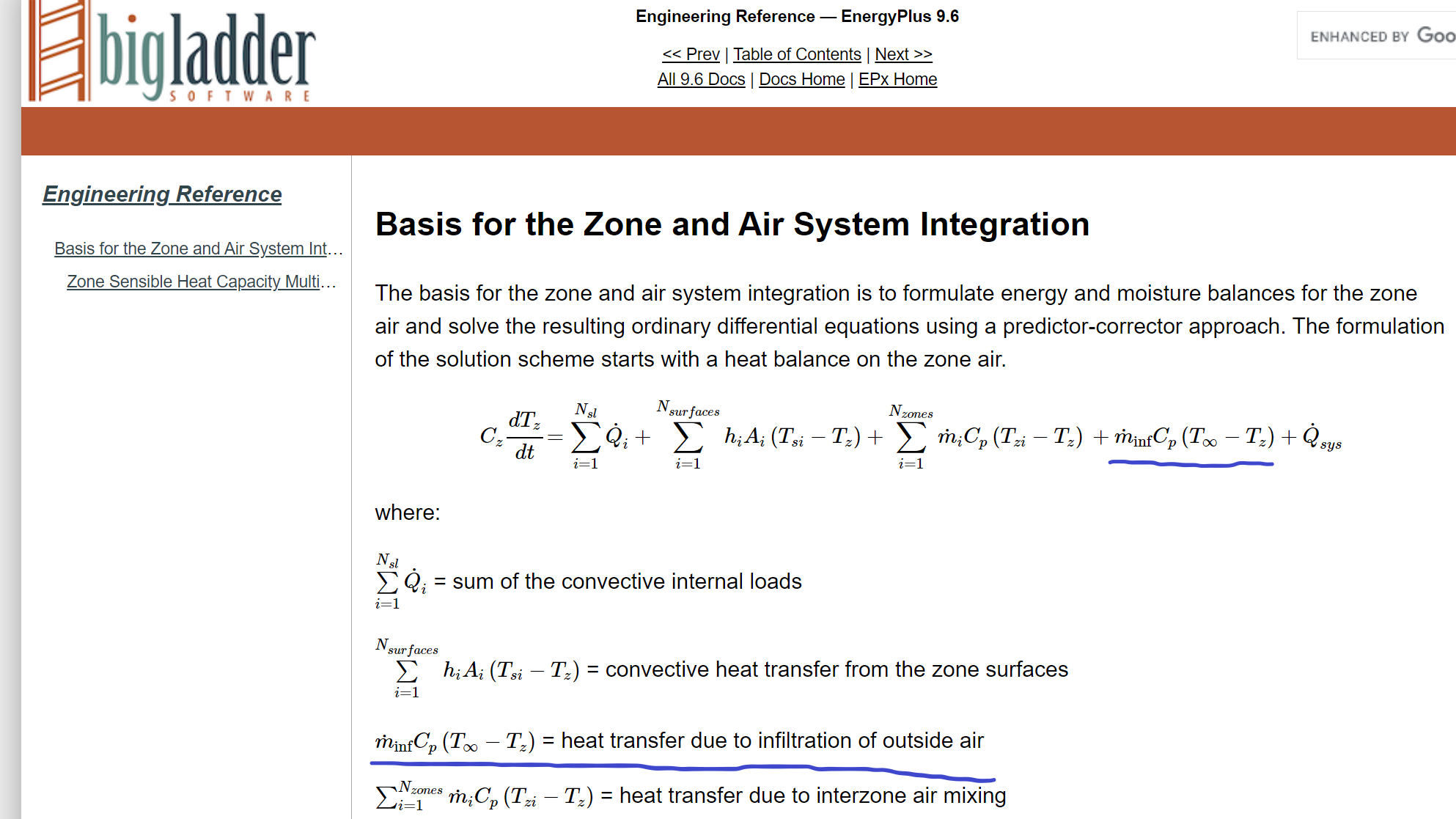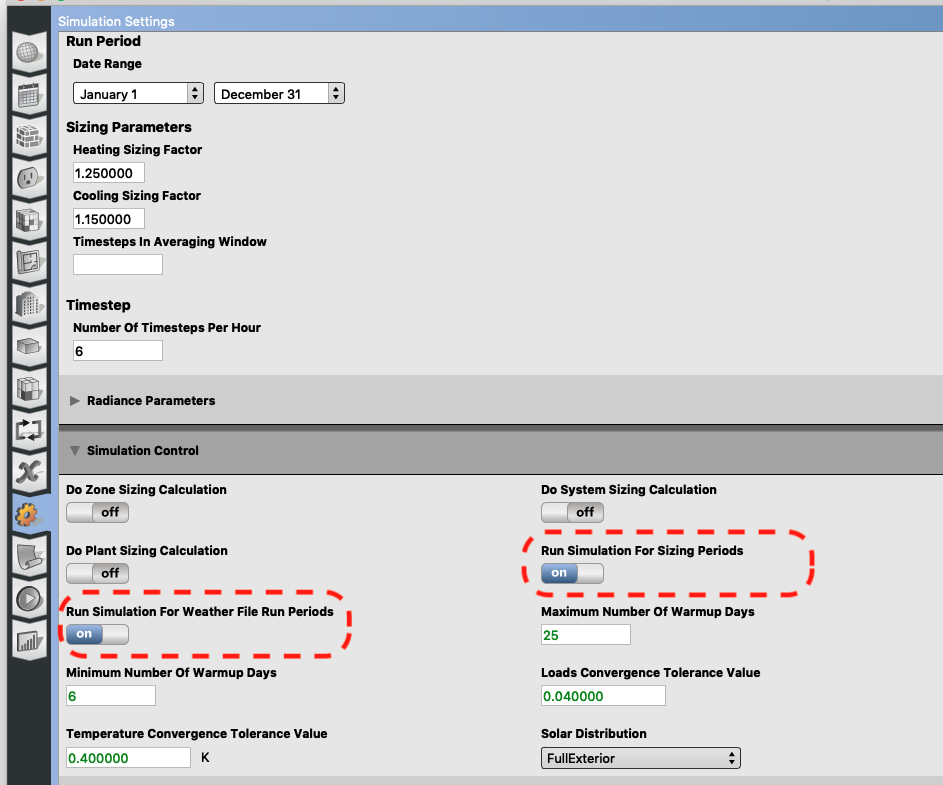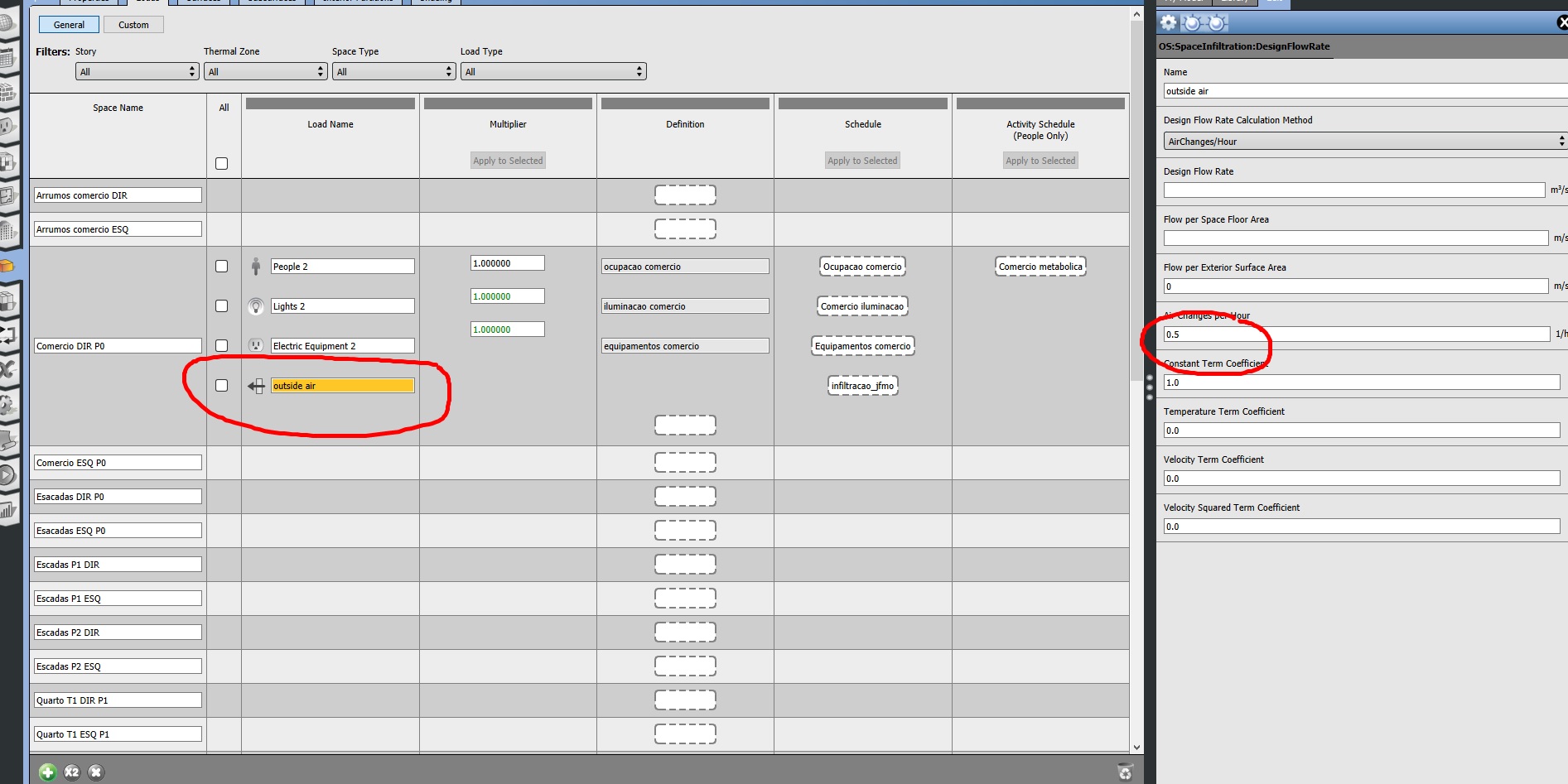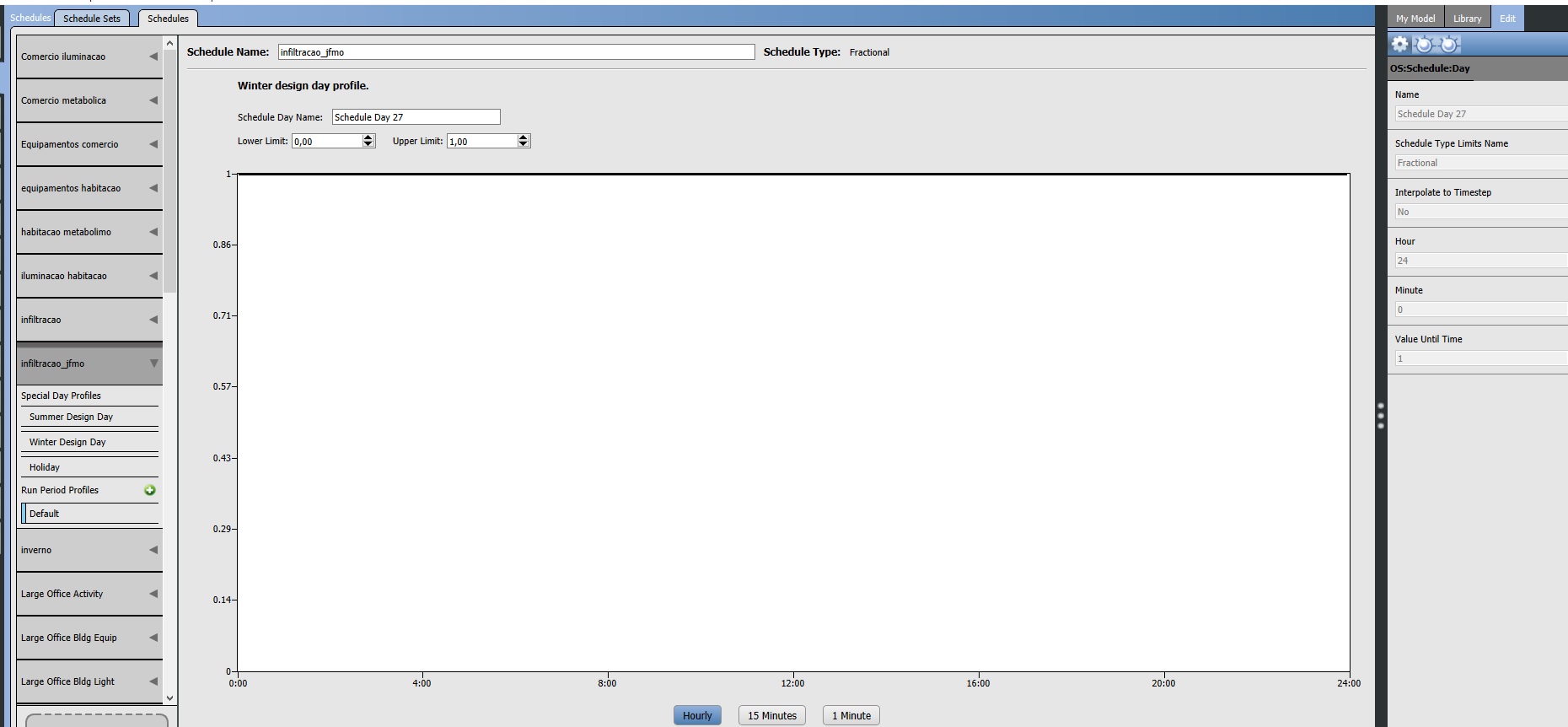You may have forced a constant infiltration air FLOW rate, but the heat addition/removal of infiltration to a zone depends upon the temperature difference between outdoor air and zone air. See equation below from the Engineering Reference.

You've circled in red the Peak Heating Sensible Heat Gain Components table, which is over the annual simulation when the peak heating load occurs for the zone. The timestamp is 13 Jan @ 4 AM, so you could review the temperature values at that same timestep to confirm. The outdoor air is likely colder than zone air in this timestep, which is why there is a value in the infiltration heat REMOVAL column and not the infiltration heat ADDITION column.
It is a little strange that you also have infiltration heat removal in the Peak Cooling table above what you've circled in red. Again, reviewing temperature outputs at that timestep (19 July @ 08:70) would help see if that makes sense.
UPDATE
If you are only interested in infiltration loads on design days, then you will need to do a few things:
- Assign a DDY file with design day information for the same location as the EPW file you're using (done in Site model data tab)
- Adjust the summer / winter design conditions to your desired case (35C in summer, -1C in winter). Note that the default DDY winter design day temperature will be constant, but the default DDY summer design day temperature will fluctuate.
- Make sure that your infiltration schedule is also constant 1 on "Summer Design Day" and "Winter Design Day" (your image is for "Run Period" -- the annual simulation using the EPW weather file)
- In the Simulation Settings model data tab (gear icon near bottom of left edge), turn ON the "Run Simulation for Sizing Periods" setting to generate output variables and summary reports from design days and turn OFF the "Run Simulation for Weather File Run Period" setting to avoid generating output variables and summary reports from the annual simulation (see screenshot below)

The same Peak Heating Sensible Heat Gain Components table should now provide information for just the heating design day and not the annual simulation.













Did you look at the outdoor temperature and wind speed during this peak time (since infiltration is heavily influenced by both)?
I thought I forced the value 0,5 to be constant if I set the schedule always to 1. Whats the best way to supply a constant rate of outdoor air to the thermal zone?
Ah, I didn't notice that you had set the coefficients in such a way as to obtain a constant infiltration rate.